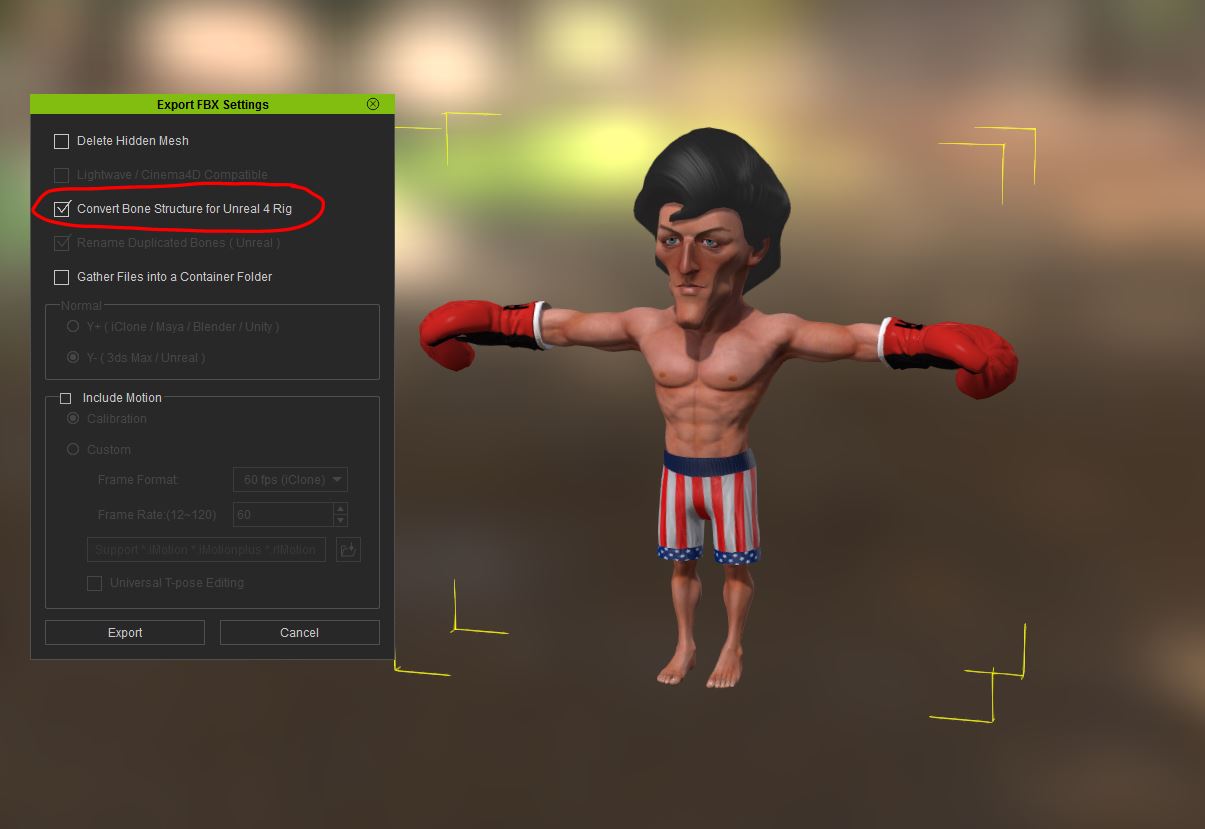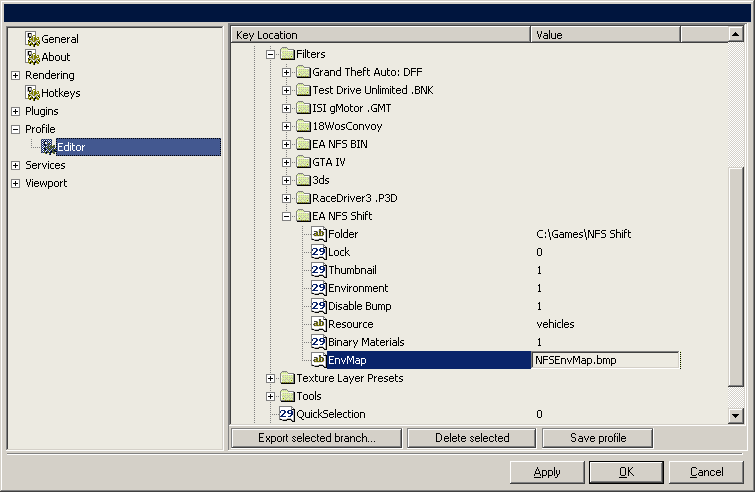

In this tutorial, we will cover both cases. blend file in Unity directory and let Unity handle all the hard work. Export models as FBX files and copy them to Unity.There are two main ways to get your Blender models to appear in Unity:
Zmodeler 3 fbx exporter how to#
In this tutorial, we will see how to easily export models to Unity in a proper way, which face correct forward direction (or any direction you want that you specify in Blender) with all their transforms at perfect values. Unless you have created your own FBX export pipeline by modifying Blender’s FBX exporter and creating custom asset postprocessors in Unity, you failed to find a complete answer on Google, as it was simply not possible to achieve perfect results without putting in elbow grease. You come to the conclusion that the second option does not fit your workflow and you turn to option three. This can happen if, for example, different artists contribute to your asset pool, or simply by accident. Your GameObject factory will not be able to tell dynamically how to orient the object correctly, since every object may be exported from Blender with different transform values. But this is bug-prone and hard to consistently achieve good results. You could automate this by spawning the model inside an empty GameObject and adjusting its transform accordingly in code.
Zmodeler 3 fbx exporter manual#
However, it requires manual object placement into the correct orientation first and wrapping it inside another GameObject. The second option, indeed, fixes the problem seen with the first method, and is a viable solution. You can fix this using the second option. You use Transform.forward to move the object but your model, instead of strutting forward, suddenly moonwalks backwards. But the joy appears to be short-lived when you try to manipulate the object’s Transform in code. You have your model and you’re enjoying the fruits of your hard labor. The first option works great at first since you don’t have to do anything extra.

Chances are that the following will feel familiar to you: I did my best to make conversion of ZModeler materials to FBX materials as close as possible to avoid loosing texture layers assignment, but you will still need to do a big job on materials before you export scene from ZModeler into the game.If you’ve ever had the pleasure of working in Blender-to-Unity pipeline, you will most likely have had weird behaviors in Unity after importing a model from Blender. Also, materials and shaders system offered in FBX can not retain all the material's data you have in ZModeler, be it dual-layer or triple-layer materials. Also, native LODs system in FBX differs from the one offered by ZModeler and games: the LOD object in FBX can not have any child other than LOD geometry, so you might get incorrect hierarchy when exporting scene containing LOD (compounds).įBX does not offer much freedom and flexibility still, so most of user-defined or ZModeler-specific data can not be retained in FBX file, be it object/elements properties, IDs, or user-defined data. Keep in mind that ZModeler does not handle geometry objects with more than 64K vertices, so heavy geometry meshes will get exported as a group of objects combined together. Yet you might still need to play around with objects scale or axis system before and after importing models, but it's still a much better choice than commonly used Wavefront OBJ model format. This filter could be a good alternative to bring models to or from 3D packages of your choice, as it can retain Skeleton, rigging information, multiple UV channels, multiple color channels, normals and tangents. As an addition, the package includes Autodesk FBX filter for import and export. It is still version 3.2.1, but contains the latest versions of all components. To summarize recent updates and bug fixes, I have re-uploaded the latest version of ZModeler.

Its uptime and response time should be the same or even better, so in general your should not notice any difference.


 0 kommentar(er)
0 kommentar(er)
